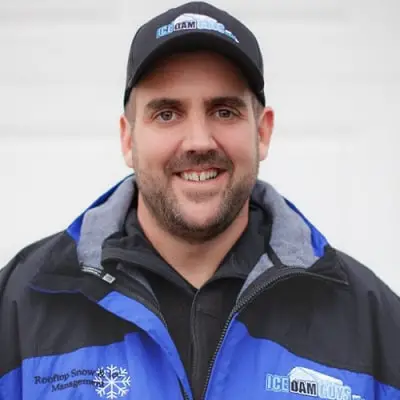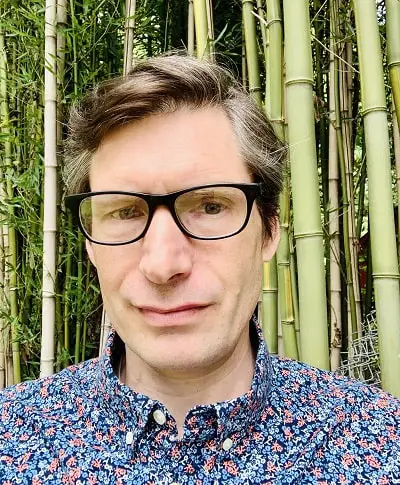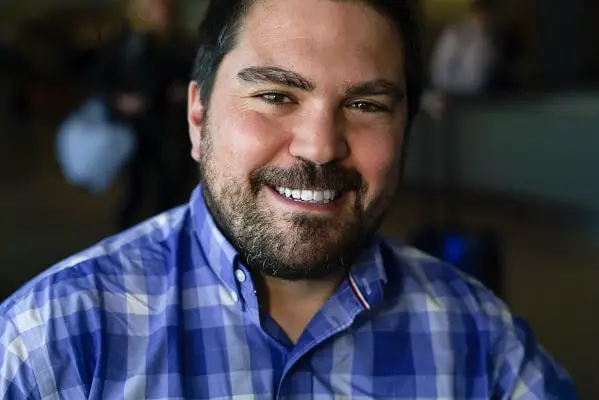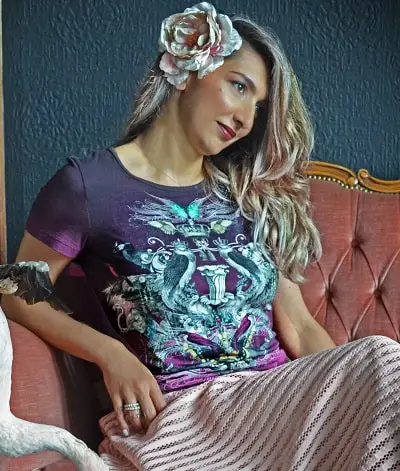Day in the life of
R&D Engineer – Jelle Boon

After emptying the dishwasher and getting a cup of tea, I open up our software programs and continue where I’ve left off from the previous day.
What I exactly do depends on what stage of development we’re on of our machine. There’s a cycle of engineering it, designing it, testing it, and repeating the process until we get a device we’re happy with.
While most of my tasks are within the project’s engineering aspects, like working on 3D drawings and more technical 2D drawings, I also work on the production aspects. I make certain parts with CNC Turning and Milling machines, I assemble the machines and analyze the results.
Sometimes the solutions are not as straightforward as others. We can easily find ourselves spending a week working on something super small, and then when you see the final product, you think, “of course that was why it wasn’t working!”. You have to move multiple pieces of the puzzle to make a solution possible. There’s a lot of time used to visualize all the possibilities to the problem.
The primary responsibility is delivering a working product within our timeframe. Sometimes we have to make compromises on the quality of our work because of the time we have. If you have all the time in the world, you can keep improving endlessly, and you’ll never get your final project.
Pros
Because deadlines are more long-term, there’s no constant pressure or stress added. Of course, when the deadline draws near, you can feel momentum picking up, but it doesn’t feel stressful because you have done most of the work up until that point. It’s rewarding bringing something from an idea stage to actuality and have a physical product you can be proud of. It’s a bonus that we can do and make things in-house compared to when we would have to outsource manufacturers, and by the time you would receive what you needed, you would have moved on or found a way to improve it.
It’s important to mention that being able to follow through with a project differs depending on where you are working. As a start-up, we’re able to follow along with a project from beginning to end, whereas, at other companies, this might not be the case. Usually, in larger companies, you’ll design the product, send it out to be created, and then never have anything to do with it again. I appreciate that I can follow along.
Cons
The only con I can think of is that it would have been nice to have someone on the team (At least at the beginning of our days as a new start-up) who was more experienced with mechanical engineering. That way, our new engineers could have had someone to guide and mentor them instead of using extra time and resources to learn and figure out what path to take.








